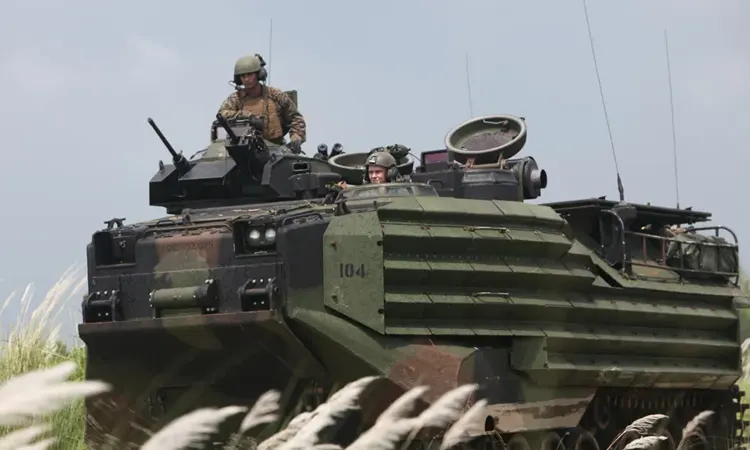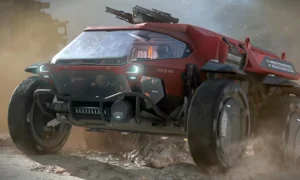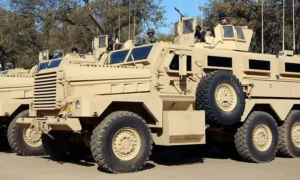Picture this: a hulking AAV just explodes outta the surf like some kind of mechanical sea monster, treads clawing up the beach, sand flying everywhere, Marines packed inside ready for chaos. Water? Land? The thing doesn’t care. It just keeps rolling. Honestly, you could throw this beast into a volcano and it’d probably still make it to the objective. This isn’t your grandpa’s troop carrier it’s a floating, shooting, bullet sponge brute that’s hauled troops through hell from Iwo Jima all the way to the mess in Iraq.
And look, the AAV isn’t just about moving people from A to B. Nah, it’s like a Swiss Army knife on treads. It brings the pain, shrugs off enemy fire, and somehow survives stuff that’d turn a regular ride into Swiss cheese. Amphibious assaults? That’s its bread and butter. Cross a river, storm a beach, plow through desert sign it up. Anyway, I’m about to geek out on the whole story: where these things came from, how the design went from “meh” to “holy crap, that’s awesome,” and why it’s still the go-to for storming beaches in the 21st century. So whether you’re deep into military history or just want to flex some cool memorabilia in your man cave, stick around. By the end, you’ll see exactly why the AAV is still the king of the surf-and-turf battlefield and maybe even how to snag a piece of its legend for yourself.
History and Evolution of AAVs
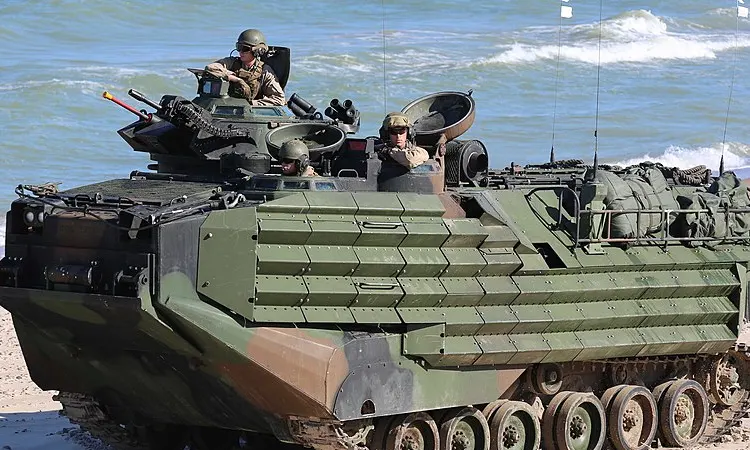
The Amphibious Assault Vehicle or AAV was developed as an answer to the mobility, firepower, and protection of troops in amphibious landing missions. The vehicles were designed in response to the challenges of crossing bodies of water, rough terrain, and infantry coverage within enemy territories. But how did it begin?
The Birth of Amphibious Warfare Vehicles
The idea of an automobile capable of traveling on water and land was conceived during the World War II era, when Allied forces were having trouble with amphibian assaults. In the early designs, there was focus placed on providing safety to soldiers and heavy artillery support for beach landing.
The First Amphibious Assault Vehicles:
The Landing Vehicle Tracked (LVT) was one of the first successful amphibious vehicles used in WWII, most notably in the Battle of Tarawa and Iwo Jima. They set the precedent for future models, but were sluggish and weakly armored.
The LVT 4 upgraded the design with more transportation space and maneuverability.
The Evolution 1960s to 1980s
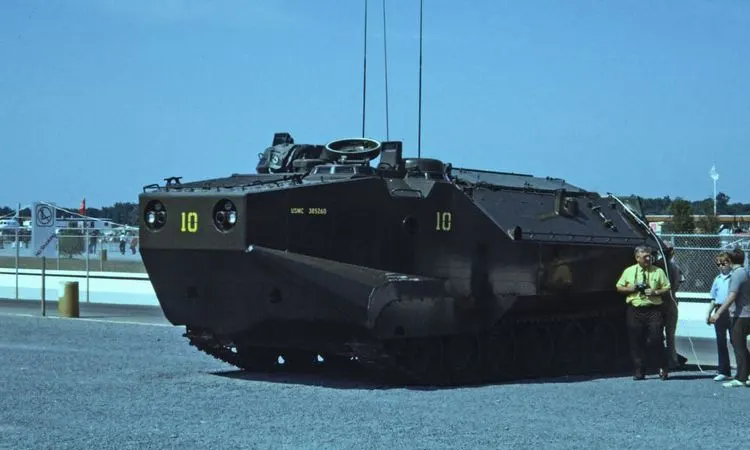
As amphibious warfare developed, the demand grew for quicker, more heavily armored, and multi-purpose vehicles. This led to the development of the modern AAVs like the LVTP 7 (Landing Vehicle, Tracked, Personnel) in the 1970s, which constituted the backbone of U.S. Marine Corps’ amphibious forces.
LVTP 7: It was introduced in the early 1970s and was much more powerful and faster than the earlier versions. It possessed a more powerful engine, improved mobility, and more troop-carrying capacity.
The AAV 7 (the enhanced version of LVTP 7) took it a step further, with an aim to be protected against newer threats and more advanced weapons. The vehicle was equipped for beach landing as well as combat operations in mountains and cities.
Key AAV Models Through History and Their Collector Value
| Model | Era of Service | Key Features | Collector Appeal |
|---|---|---|---|
| LVT-4 | WWII (1943–1945) | Beach landings, troop transport, limited armor | Highly sought after in memorabilia, iconic for Pacific battles |
| LVTP-7 | 1970s–1980s | More powerful engine, greater troop capacity | Rare models & parts valued by Cold War collectors |
| AAV-7A1 | 1980s–Present | Reactive armor, 25mm Bushmaster cannon, TOW missiles | Modern artifacts & scale models popular among enthusiasts |
New AAVs The AAV 7A1 and beyond
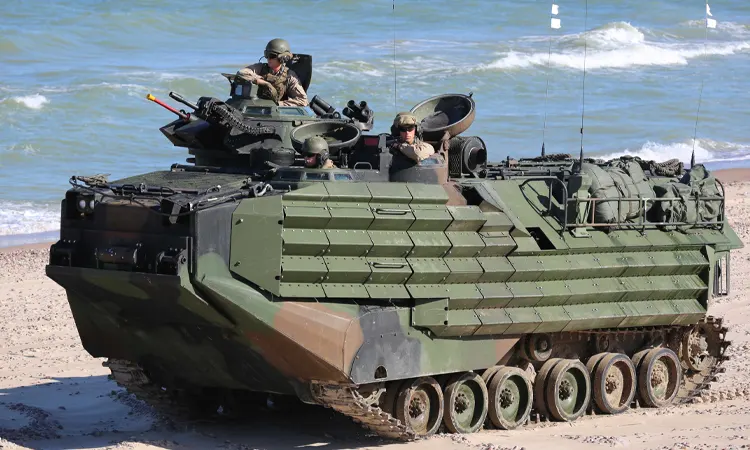
The AAV 7A1, introduced into service during the 1980s, remains the main amphibious vehicle used by the U.S. Marine Corps today. It is fitted with advanced armor, modern fire control systems, and improved mobility to carry troops and equipment into areas inaccessible by any other vehicle.
Armor and Armament: Spaced laminate and reactive armor have been equipped on the AAV 7A1, which offer better RPG and IED protection than earlier variants. Direct fire support is through the 25mm M242 Bushmaster cannon, with anti-tank capability offered through the TOW missile system.
Mobility: Modern AAVs have a maximum speed of 45 mph (72 km/h) and have high mobility capability to cross seas and rivers.
Design and Technical Features
The Amphibious Assault Vehicle (AAV) is an engineering wonder, designed to function under the most extreme conditions. Equipped with the ability to go over water and land, AAVs combine the best of both worlds such that military forces can enjoy the mobility, cover, and firepower to survive and thrive in modern warfare.
Armor and Protection
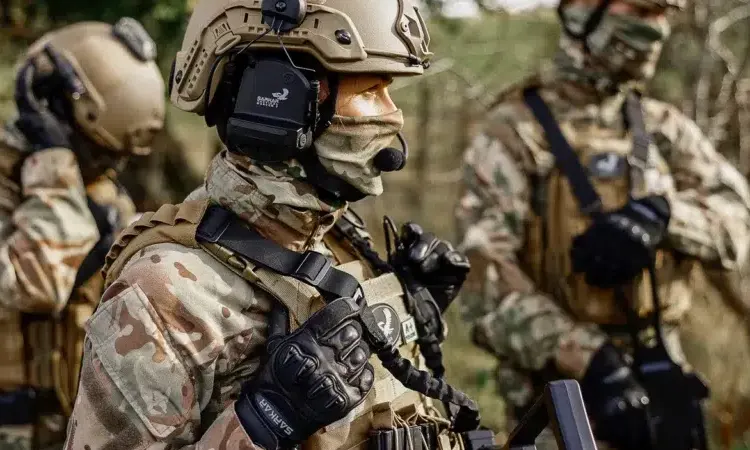
V Shaped Hull: The most characteristic element of AAV is the V shaped hull, which deflects IED blasts, mines, and roadside bombs, crucial for performing in hostile territory. The design shields the on board crew and infantry from explosive hazards.
Spaced Laminate Armor: New AAVs feature multi layer armor to defend against numerous types of threats, such as small arms fire, grenade shrapnel, and anti-tank weapons. Specially designed armor reactive layers reduce damage caused by explosive devices.
NBC Threat Protection: AAVs in threat environments are outfitted with NBC protection gear, which ensures that the vehicle will be able to function even within weapons of mass destruction spoiled environments.
Mobility
Land and Water Capability: AAVs are vehicle tracked, which makes them have the capability to stay mobile on land in difficult terrain and cross bodies of water such as rivers and beaches. The vehicle can move at a maximum speed of 45 mph (72 km/h) on land and 6 mph (10 km/h) in water.
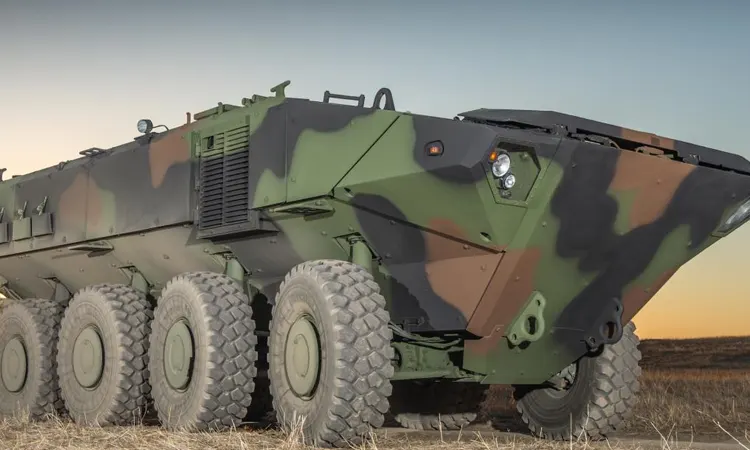
A Strong Drive: The AAV has a diesel driven engine with both land and sea propulsion options. Water jets located at the rear of the vehicle allow it to move across rivers, lakes, and beaches, and tracks give it stability and traction on land.
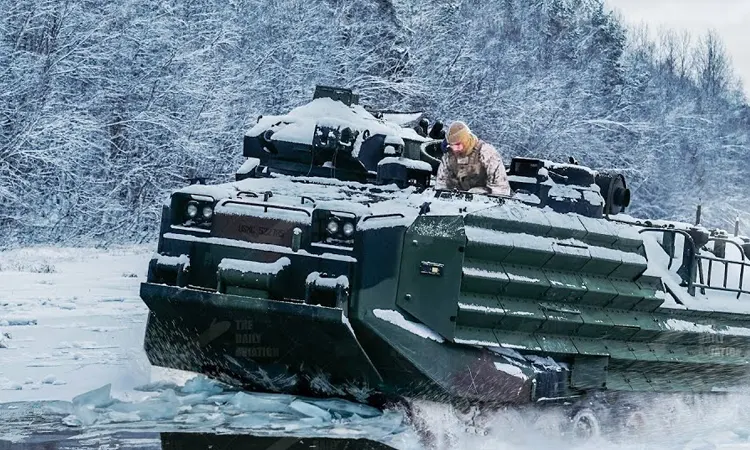
Track System: The fixed track system has greater stability and traction compared to wheels on sloping or soft surfaces such as sand dunes, swamps, and rugged terrain.
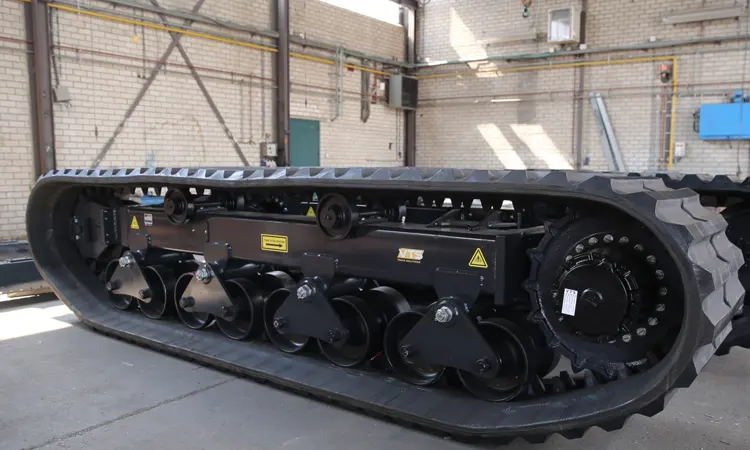
Firepower and Weapons
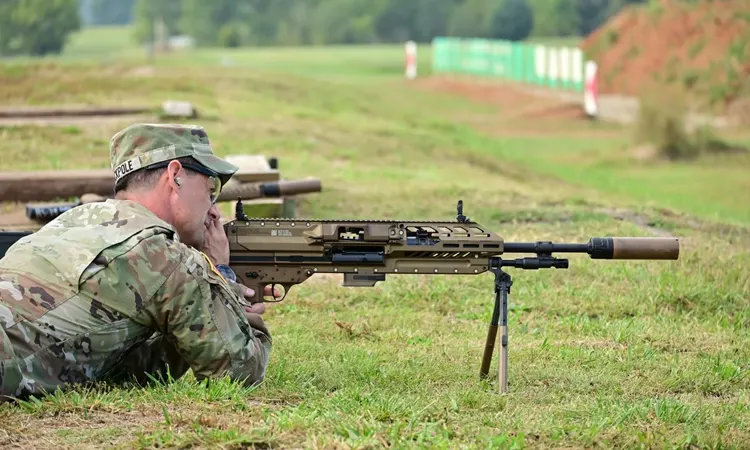
25mm M242 Bushmaster Cannon: The AAV is equipped with a 25mm chain gun with precise, high rate of fire potential against infantry, lightly armored vehicles, and fortifications.
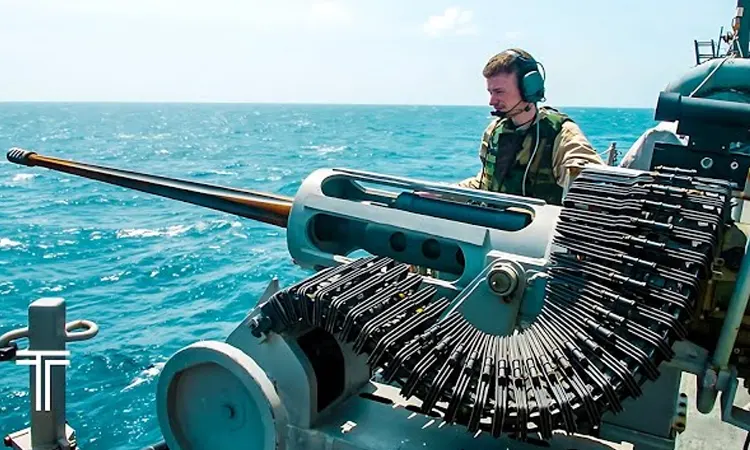
TOW Anti Tank Missiles: To hit armored targets, the AAV has BGM 71 TOW missiles, one of the finest anti-tank missile systems capable of destroying modern tanks from a distance.
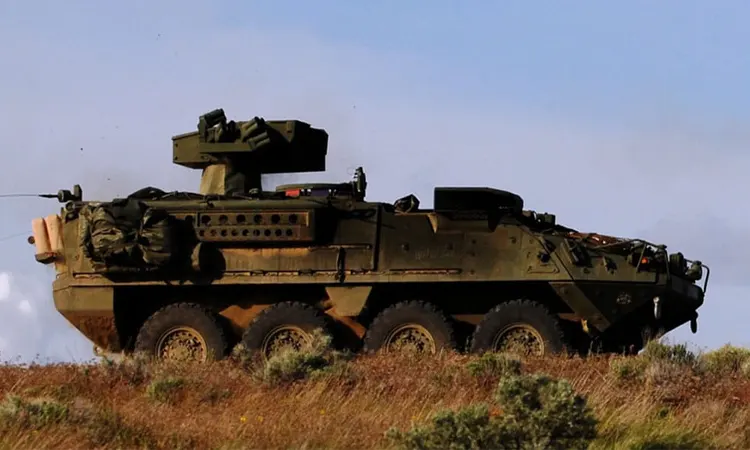
Coaxial Machine Gun: A 7.62mm M240 machine gun is mounted next to the main gun, offering additional firepower against infantry and light vehicles.
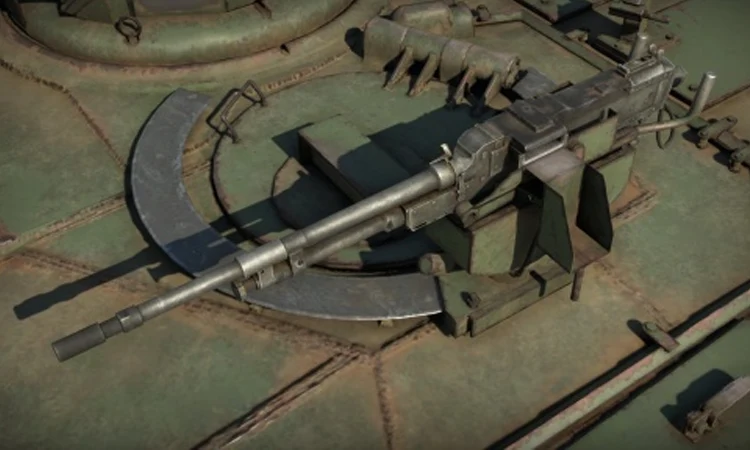
Defense Systems: Modern AAVs also have smoke grenade launchers, which allow them to create tactical cover and deny visibility during attacks or withdrawal.
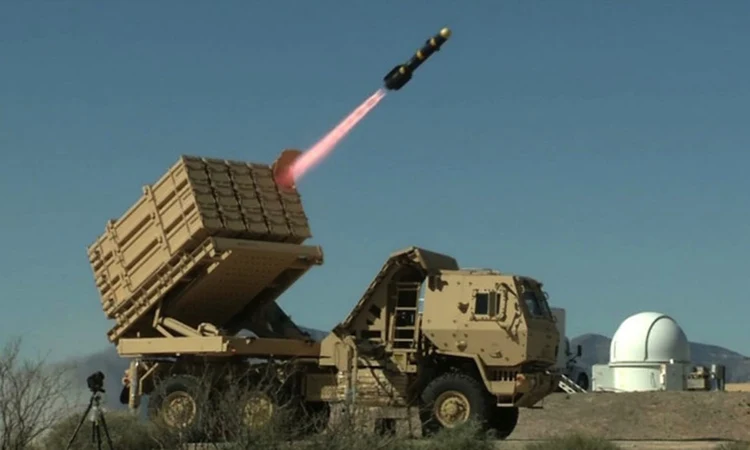
Modern Technologies
Advanced Targeting Systems: The AAV is equipped with night vision and thermal optics, thus making it a productive vehicle even in low light conditions and night missions.
Communication and Navigation: With advanced communication technology, AAVs can be coordinated in real time with other units, with a view to making operations smooth during joint missions and attacks.
Survivability Enhancement: The Bradley AAV (akin to the AAV7A1) possesses blast proof seats, doors, and enhanced turret protection, with a view to meeting the needs of modern city and battlefield warfare.
Operational Us, How AAVs Protect Troops

Amphibious Assault Vehicles (AAVs) are not just rolling carriers they are combat assets that give troops the ability to make amphibious assaults safely and engage in combat on land and sea. Here is how AAVs are applied in actual operations and why they are vital in safeguarding troops:
Urban and Coastal Combat
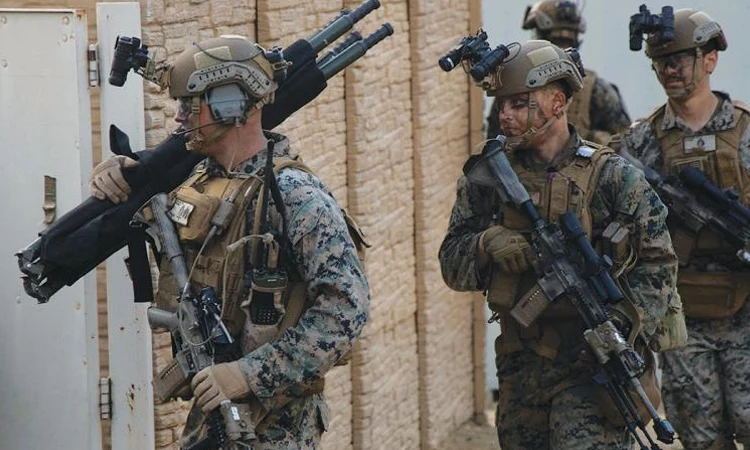
Crossing Beaches: AAVs are specifically designed to land on beaches in amphibious assaults. From D Day in WWII to current military operations, AAVs can assault the beach with infantry aboard, protected from enemy fire, and ready to fight. Mobility and firepower work together to make them extremely well-suited for supporting infantry in clearing the enemy terrain.
Urban Combat: Urban combat requires vehicles that can provide protection in city environments where tanks and other armored vehicles are unable to go. AAVs provide protection and firepower to soldiers fighting street-to-street. The turrets and machine guns on the AAVs make them capable of engaging enemy targets at close range, while keeping the soldiers safe.
Desert and Challenging Terrain
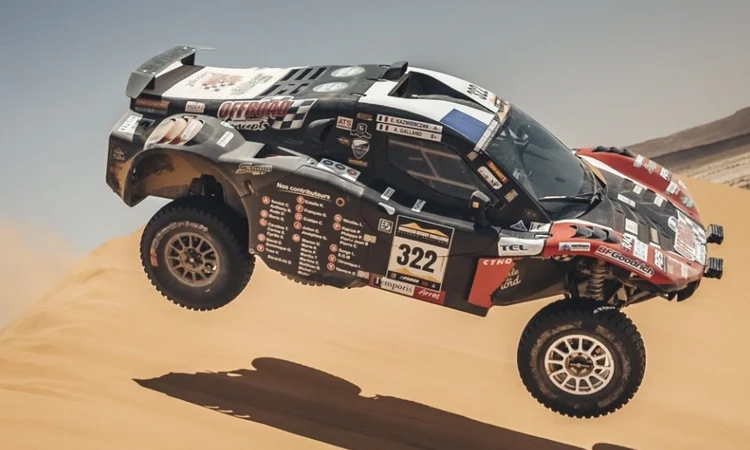
In deserts or mountainous regions of the Middle East, Afghanistan, and other austere environments, AAVs provide excellent mobility in difficult terrain. These vehicles are designed to be fast and reliable across deserts or mountainous terrain, making them a key factor in keeping troops mobile and protected during complex operations.
Tracked Mobility: The track system of most AAVs gives stability on unsteady terrain. Through sandstorms and over rough desert paths, these vehicles can push through, preserving infantry safety and efficacy.
Convoy and Logistics Protection
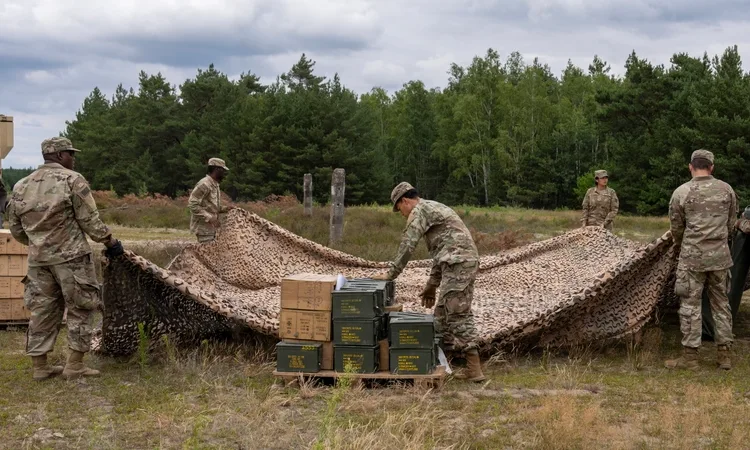
AAVs are precious assets in convoy protection. When troops and gear need to move through dangerous terrain across IED-infested ground or live battlefields AAVs act as moving armor, safeguarding troops and gear.
Providing Fire Support: Convoys under escort or tactical movements on a position, AAVs can suppress threats at a distance, launching long range missiles or machine gun fire.
Reconnaissance and Combat Support
Reconnaissance is a task for some AAVs, which allow small units to perform reconnaissance while protected by armor. Low profile and speed render them suitable for reconnaissance duties under hostile conditions.
Combat support vehicles is another function AAVs perform, providing mobility and firepower in attacking enemy forces in defensive positions, urban warfare, or maneuvering in hostile terrain.
Conclusion
Amphibious Assault Vehicles? Oh man, these things are the Swiss Army knives of the battlefield. One minute, they’re chugging through the surf like it’s Baywatch for tanks, next they’re rumbling down city streets shrugging off IEDs and looking for trouble. Seriously, if you’re talking about versatility, AAVs are basically the MVPs troops hop in, and suddenly they’re armored, mobile, and ready to raise hell wherever command points the finger. Land? Water? Who cares? These beasts just don’t quit, and honestly, the way they keep getting upgrades, their story’s nowhere near finished.
Now, if you’re a collector with a thing for military history, snagging a piece of an AAV whether it’s a wicked scale model, a chunk of real-deal hardware, or some old-school memorabilia is like holding a piece of frontline legend. Miltrade’s your go-to if you wanna flex that collection and show off something that actually did the rounds. It’s not just about having cool stuff, it’s about keeping these monsters’ stories alive.
FAQs
What makes the AAV vehicle unique in modern warfare?
AAVs combine amphibious mobility, heavy armor, and firepower, allowing Marines to storm beaches, cross rivers, and fight in urban or desert environments.
How did the AAV evolve from WWII to today?
Starting with WWII’s LVTs, the design evolved into the LVTP 7 in the 1970s and the modern AAV 7A1, which is still in service with upgraded armor and weapons.
Why do collectors want AAV artifacts?
AAV elated memorabilia, scale models, and artifacts recount the history of amphibious assault warfare development and thus are highly desirable items for collectors and reenactors.
Where do collectors find authentic AAV memorabilia?
Online platforms like MilTrade connect enthusiasts with authentic gear, components, and memorabilia, ensuring credibility and historical accuracy.
